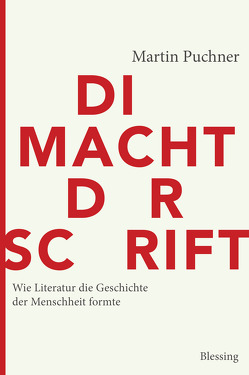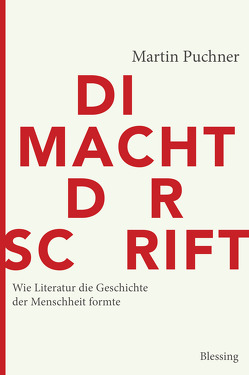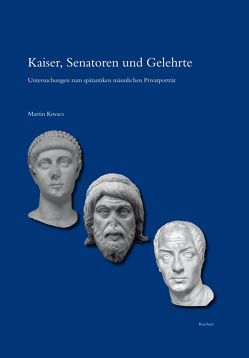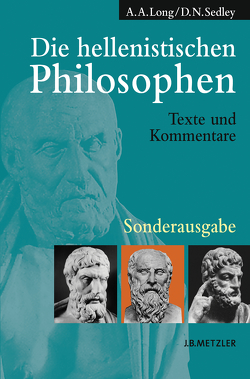Vom Herrscher zum Heros
Die Bildnisse Alexanders des Großen und die Imitatio Alexandri
Martin Kovacs
Antiquity did not know only one image or only one idea of the figure of Alexander the Great. On the contrary, hardly any other historical figure of antiquity proved to be so divergent, controversial and literally multiform for contemporaries. The monograph seeks to grasp this diversity through a critical presentation of the representations of Alexander the Great, to reorganise the deleterious survivals and to make them useful for cultural-historical analysis. For this purpose, not only the round sculptures are taken into account, but also other media are consistently included: the coinage, large-scale monuments such as votives in greek sanctuaries, as well as the literary and epigraphic tradition. A decisive result is the finding that the figure of Alexander the Great could be restaged in different contexts either as a divinely or heroically impregnated being, as an energetic but potentially approachable general, or as a mythological figure with paradigmatic significance. These different conceptualisations will be elaborated on the basis of the highly divergent portrait designs between Hellenism, the Roman imperial period as well as Late Antiquity, recontextualised both historically and in terms of cultural history, and in particular asked about the role of the actors who commissioned the images in each case. This perspective counters a traditional conception of the image of Alexander, in which a rather selective perception has predominated up to now, with a preference for the lifetime portraits of Alexander. The study shows that divergent images of the Macedonian ruler were created at different times, in different places and in different political and cultural contexts, and that their specific iconography also reflects specific ideas of the figure of Alexander the Great. These figurations of Alexander in different cultural contexts illustrate the preferences of the actors who created them. For the imperial period in particular, it can be shown that Alexander was also visually staged as a mythological rather than a historiographical figure. The final analysis of the visual Imitatio Alexandri, the pictorial imitation of the Macedonian king in different historical and cultural contexts during the Hellenistic period, is based on the results obtained.































